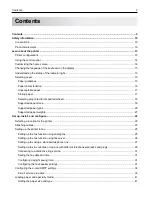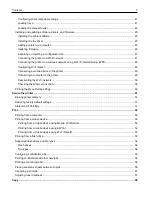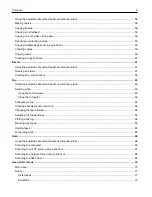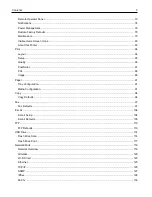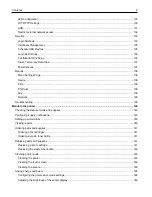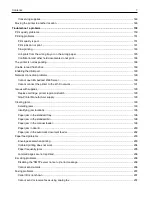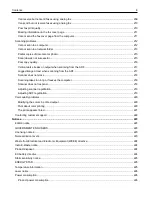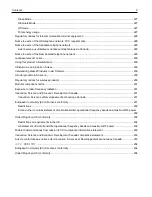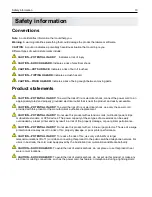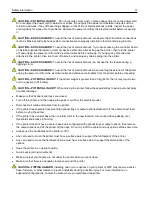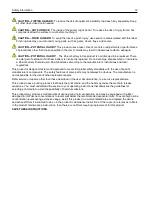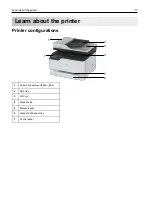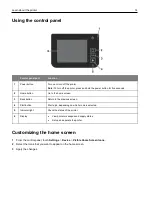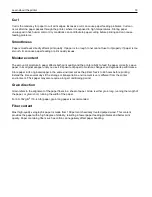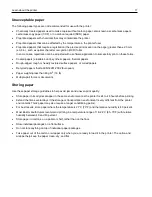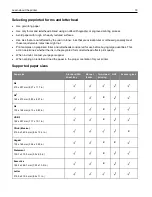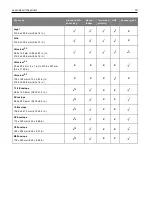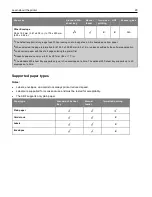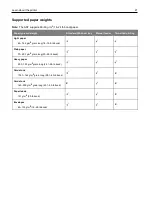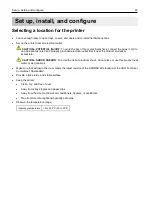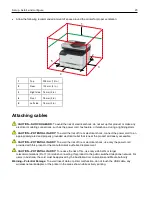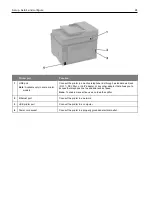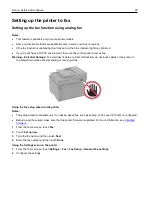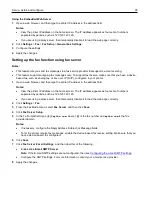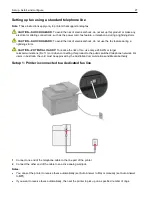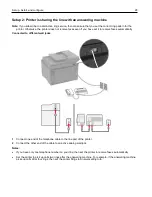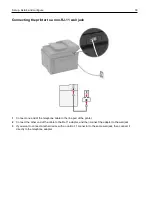
Learn about the printer
16
Curl
Curl is the tendency for paper to curl at its edges. Excessive curl can cause paper feeding problems. Curl can
occur after the paper passes through the printer, where it is exposed to high temperatures. Storing paper
unwrapped in hot, humid, cold, or dry conditions can contribute to paper curling before printing and can cause
feeding problems.
Smoothness
Paper smoothness directly affects print quality. If paper is too rough, toner cannot fuse to it properly. If paper is too
smooth, it can cause paper feeding or print quality issues.
Moisture content
The amount of moisture in paper affects both print quality and the printer ability to feed the paper correctly. Leave
paper in its original wrapper until you use it. Exposure of paper to moisture changes can degrade its performance.
Store paper in its original wrapper in the same environment as the printer for 24 to 48 hours before printing.
Extend the time several days if the storage or transportation environment is very different from the printer
environment. Thick paper may also require a longer conditioning period.
Grain direction
Grain refers to the alignment of the paper fibers in a sheet of paper. Grain is either
grain long
, running the length of
the paper, or
grain short
, running the width of the paper.
For 60–162 g/m
2
(16–43-lb) paper, grain long paper is recommended.
Fiber content
Most high-quality xerographic paper is made from 100 percent chemically treated pulped wood. This content
provides the paper with a high degree of stability, resulting in fewer paper feeding problems and better print
quality. Paper containing fibers such as cotton can negatively affect paper handling.

